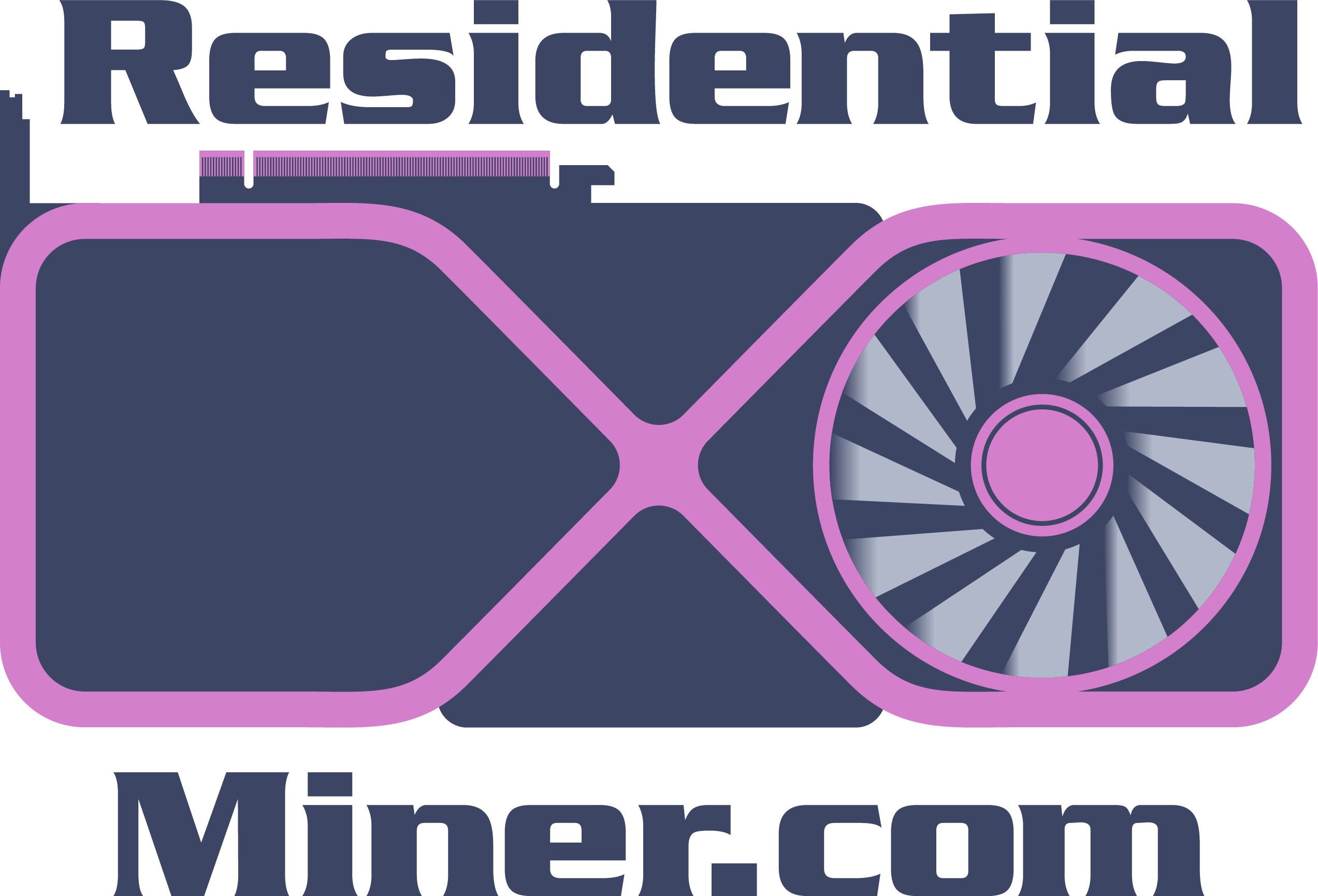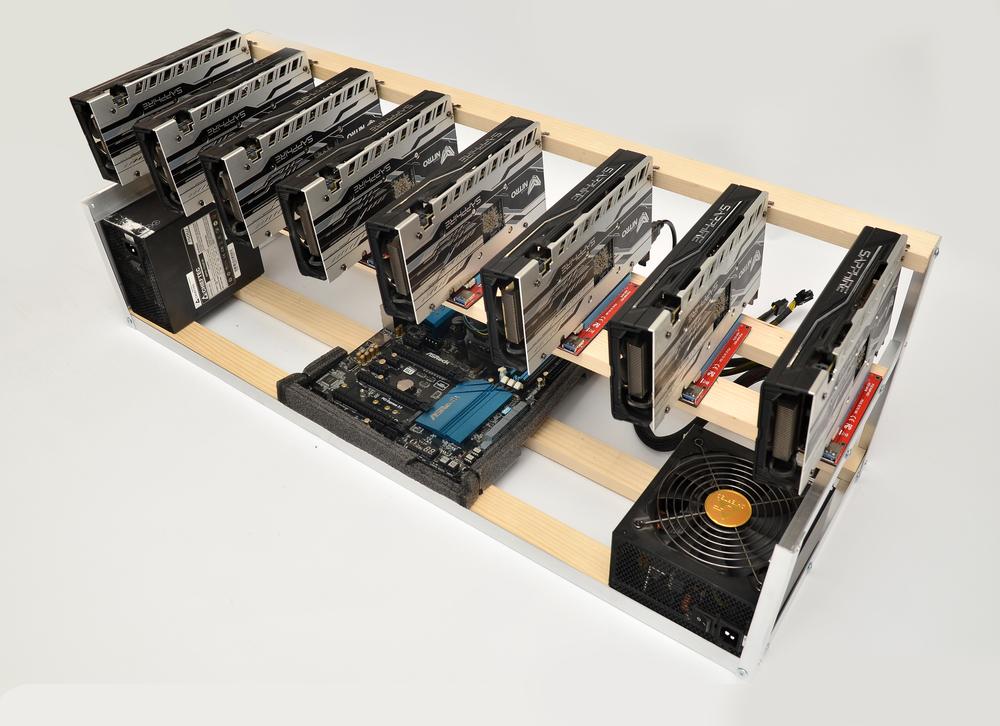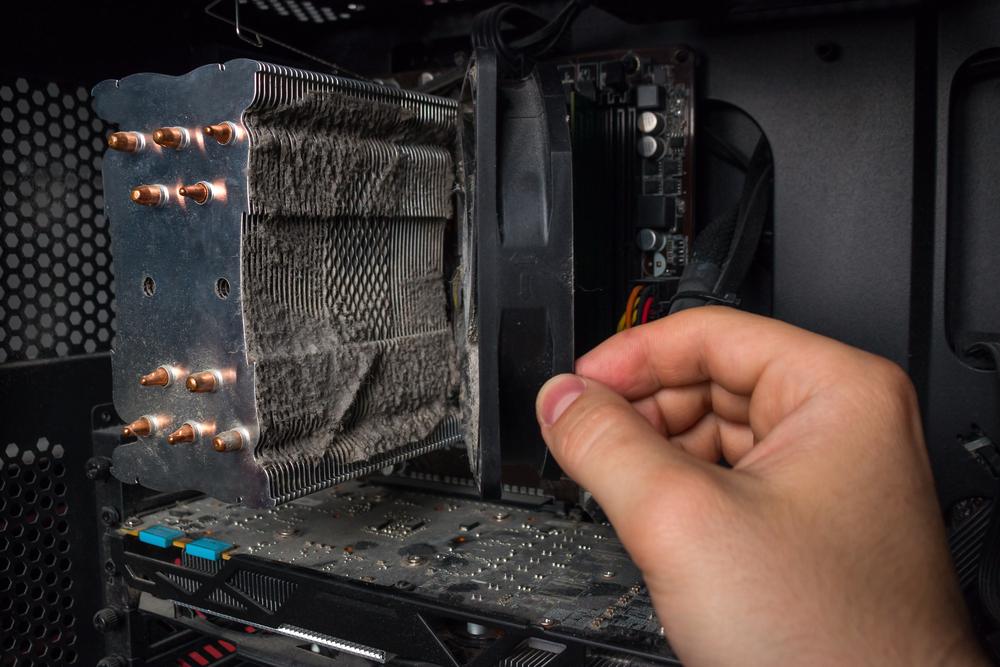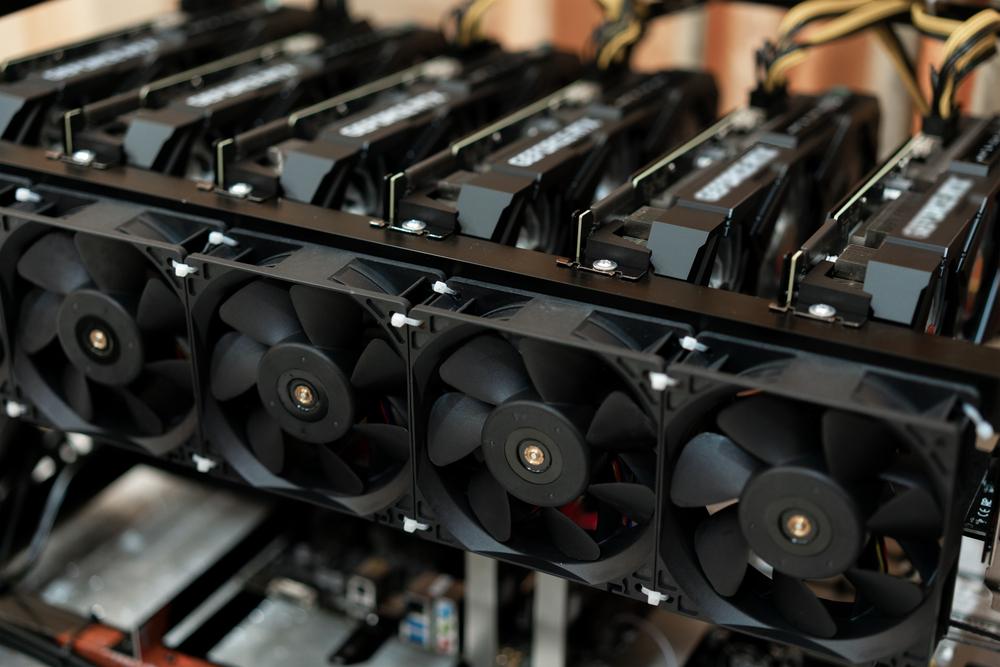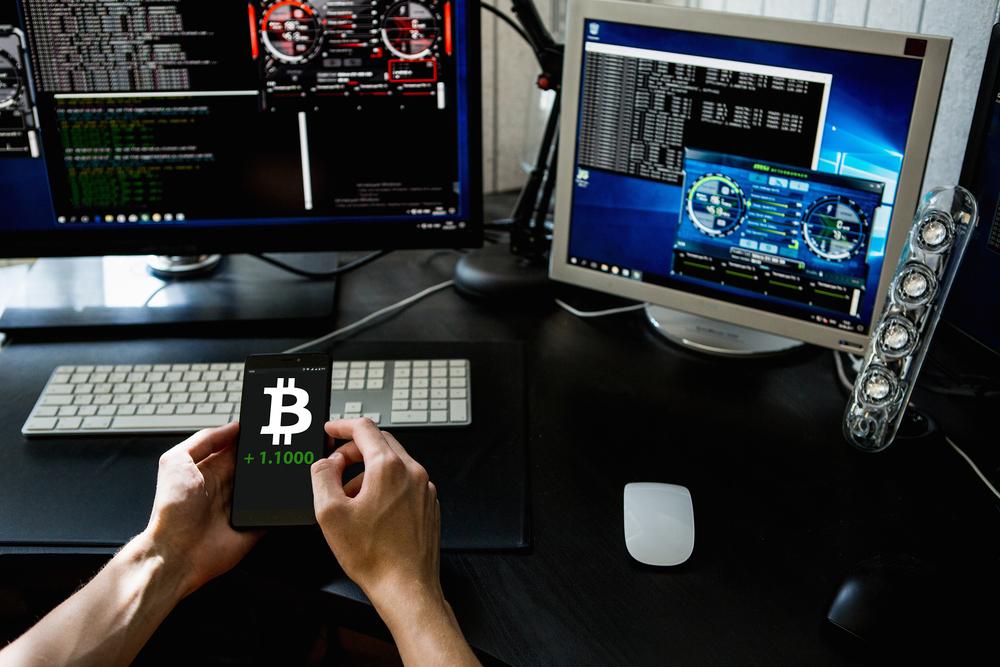Welcome to the fascinating world of cryptocurrency mining! You’ve probably heard that crypto mining is a way to earn digital currencies like Bitcoin and Kaspa. But one question that baffles many newcomers is, “When does a crypto rig mine more—during the day or night?” This is a complex question with multiple variables, and we’ll tackle it head-on in this comprehensive article.
Understanding the Basics of Cryptocurrency Mining
What is Cryptocurrency Mining?
Cryptocurrency mining is the act of participating in a blockchain network to validate transactions and secure the network. When a transaction occurs on the blockchain, it is not confirmed immediately. It gets put into a pool of unconfirmed transactions. Miners then pick these transactions and place them into a new block. To do this, they have to solve complex mathematical equations known as ‘proof-of-work’. Solving these equations requires computational power, and the miner who solves it first gets to add the block to the blockchain. In return for their effort, miners are rewarded with newly minted cryptocurrency coins and transaction fees from the confirmed transactions.
Different types of hardware can be used for mining, such as ASIC (Application-Specific Integrated Circuit) devices, which are tailored for specific algorithms, or GPUs (Graphics Processing Units), which are more versatile. New miners may wonder, Can I mine cryptocurrency on my laptop?, and while it’s possible, it’s generally less efficient compared to specialized mining hardware.
Importance of Timing in Mining
Timing plays a crucial role in mining. Efficiency varies depending on various factors such as mining algorithms, network activity, and even time zones. So, when does a rig mine more? Let’s dig into the details.
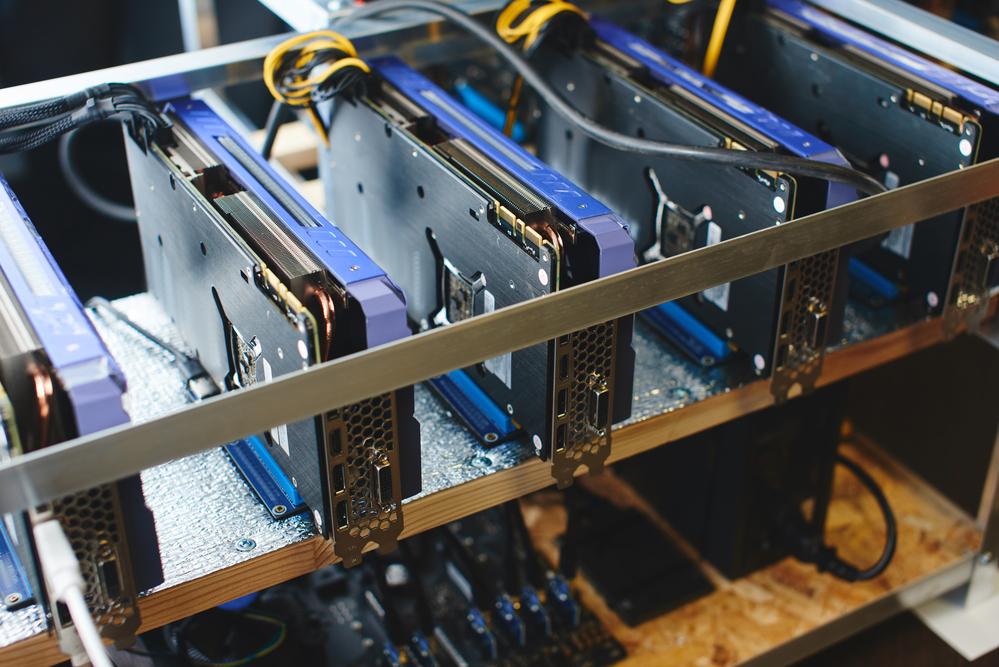
Key Factors Influencing Mining Output Timing
Mining Algorithm
Different cryptocurrencies are based on different algorithms, such as SHA-256 for Bitcoin or Ethash for Ethereum. These algorithms require different types of hardware and software configurations. Some are more complex and take longer to solve, while others are simpler and quicker.
For instance, when mining Flux on Nvidia 30 series GPUs, there are specific settings for overclocking to get the best mining efficiency. Overclocking helps the hardware run at higher speeds than its default setting, increasing its mining performance. For more details, you can check our Ultimate Guide to Overclocking Flux on Nvidia 30 series GPUs.
Network Activity and Difficulty
The term “network activity” refers to the total number of transactions and miners on a blockchain network at any given time. High network activity generally means higher competition for mining rewards but can also mean higher transaction fees, which could make mining more profitable.
“Difficulty” refers to how hard it is to find a new block in the blockchain, calculated based on the current speed of the network. As the difficulty increases, you’ll need more computational power to mine new blocks. For a deeper understanding of this factor, read our article on Understanding Mining Difficulty.
Mining Pools
A mining pool is a group of miners who combine their computational power to increase their odds of solving the mathematical equations needed to confirm transactions. This allows them to earn consistent but smaller rewards instead of the ‘all or nothing’ scenario of solo mining.
Being part of a pool can also offer you the advantage of shared knowledge and resources. Often, mining pools have schedule optimizations based on time zones, offering a more predictable reward system.
Time Zones and Global Reach
Cryptocurrency mining is indeed a global activity. That means when it’s daytime in the U.S., it’s nighttime in Asia. This 24/7 operation leads to constant fluctuations in network activity and, subsequently, mining profitability.
If most miners are active during the day in the U.S., and you’re mining from a different time zone, your competition decreases, potentially increasing your rewards. Keep in mind that larger mining pools often have global reach, offsetting some of these time zone advantages.
Energy Costs
Mining rigs consume a lot of electricity, and the cost can significantly eat into your profits. Some countries or regions have fluctuating electricity costs based on the time of day. Mining during off-peak hours when electricity is cheaper can significantly increase profitability. For energy-efficient options, check our guide on low-watt coins that can be mined with an RTX 3070.
Market Trends
Market trends, such as price fluctuations in cryptocurrencies, can influence the profitability of your mining operations. When prices are high, your mining rewards are worth more. Therefore, keeping an eye on market trends and timing your mining to coincide with price spikes can be beneficial.
Maintenance and Monitoring
Like any machine, mining rigs require regular maintenance to operate optimally. This includes software updates, hardware check-ups, and occasional troubleshooting. If your rig encounters an issue, having it resolved quickly is essential to minimize downtime. Therefore, running your setup during hours when you can actively monitor it allows you to address issues as they arise, ensuring optimal efficiency.
A Deep Dive into Each Factor
Why Algorithm Matters
The choice of algorithm greatly impacts the efficiency and profitability of your mining activities. Different cryptocurrencies use different algorithms, each with their unique computational requirements. Some algorithms are more amenable to ASIC miners, while others work better with GPUs.
For example, Bitcoin’s SHA-256 algorithm is often best mined using specialized ASIC hardware designed explicitly for that algorithm. On the other hand, Ethereum’s Ethash algorithm is generally more suited to GPU mining. Understanding which algorithm best matches your hardware can drastically improve your profitability. For an in-depth look at ASIC mining profitability, you can consult our ASIC Miner Profitability Calculator.
Deciphering Network Difficulty
Network difficulty is a measure of how complicated it is to find a new block, and it adjusts over time based on the total computational power of the network. As more miners join the network, the difficulty of solving equations increases, often leading to reduced individual rewards. Understanding this dynamic can help you adjust your mining strategies for better results. For further insights, read our guide on Understanding Mining Difficulty.
Benefits of Mining Pools
When you join a mining pool, you’re essentially aggregating your computational resources with other miners. This not only improves your chances of earning rewards but also stabilizes your income, as mining pools usually distribute rewards based on the computational power each miner contributes. This way, you can gain consistent, albeit smaller, rewards instead of facing the ‘feast or famine’ scenario of solo mining.
The Global Nature of Crypto Mining
The crypto mining landscape is global, with miners spread across different time zones. As a result, network activity peaks at different times of the day. Understanding these peak times can help you optimize your mining schedule. For instance, if a majority of miners are active during the daytime in the U.S., you might find it advantageous to mine during off-peak hours to face less competition and potentially increase your share of rewards.
Strategic Energy Consumption
Electricity is often one of the largest operating costs in mining. Mining during off-peak hours, when electricity rates are lower, can significantly reduce these costs. Over time, these savings can add up and have a substantial impact on your profitability. For more tips on energy-efficient mining, check our article on low-watt coins that can be mined with an RTX 3070.
Monitoring Market Trends
The world of cryptocurrency is highly volatile. Prices can soar or plummet based on market sentiment, news events, and trading volumes. By keeping an eye on these trends, you can time your mining efforts to periods of high value, thus maximizing your rewards. This is especially important for miners who immediately sell their earnings to capitalize on higher prices.
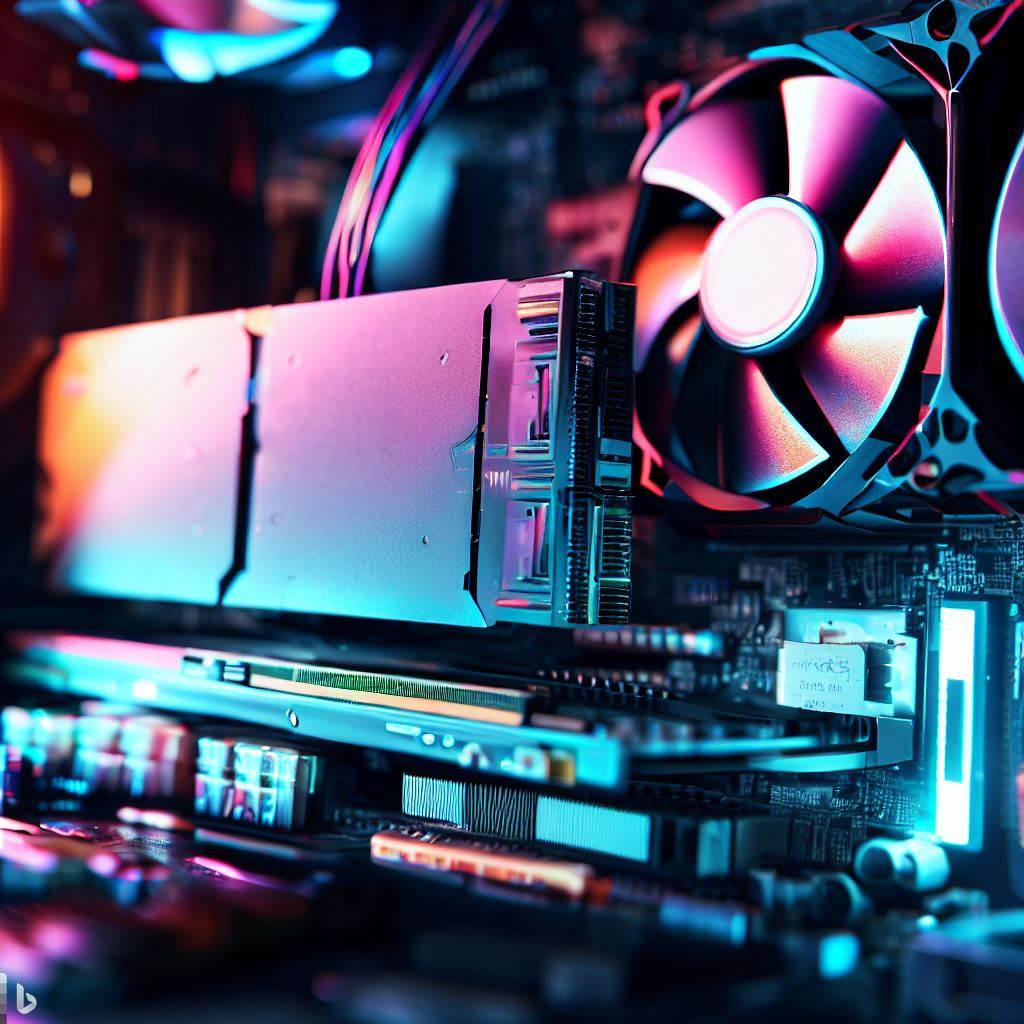
Simplifying Complexity for Beginners
Observation
Regular monitoring of your mining rig’s performance is crucial for optimizing your mining efforts. With advanced software tools, you can track metrics such as temperature, hashrate, and power consumption in real-time. Some days may yield higher outputs due to lower network competition or better market conditions. For more on monitoring your performance and improving your efficiency, you may find our guide on Why is Your Hashrate Low? Unlock the Secrets to Boost Your Crypto Mining Efficiency beneficial.
Staying Informed
Online communities, such as forums and social media groups, are invaluable for gaining insights from those who have been in the mining game for longer. You can ask questions, share experiences, and even get tips on troubleshooting issues that might arise during your mining journey. The information shared in these platforms can sometimes be as valuable as expert guides and articles.
Trial and Error
Cryptocurrency mining often requires a “trial and error” approach. Variables like mining algorithms, hardware, and even the room temperature can affect your mining profitability. Don’t be afraid to adjust your mining schedule, try different algorithms, or even join new mining pools based on what you learn from your observations.
Where to Start
Beginner-Friendly Pools
If you’re new to the world of cryptocurrency mining, joining a beginner-friendly mining pool can be a great start. These pools typically offer educational resources, simpler payout structures, and a community of miners willing to help you through the initial stages. By joining a pool, you can increase your chances of earning rewards while gaining the experience you need to eventually go solo if you wish.
Online Resources
Websites like ResidentialMiner provide an array of beginner-friendly guides that can help you navigate through the complexities of cryptocurrency mining. Whether you’re trying to understand how to connect PSU cables to your GPU or figuring out how to easily add Coinbase to NiceHash for withdrawals, we’ve got you covered.
Conclusion
Determining when your crypto rig mines more—be it during the day or night—is a complex equation influenced by a multitude of factors. These range from network activity and fluctuations in mining difficulty to energy costs and even global time zones. While there’s no one-size-fits-all answer to this, ResidentialMiner.com offers a plethora of resources to help you navigate these complexities. Staying informed through our comprehensive guides and adopting a willingness to experiment with different configurations can greatly assist you in discovering the most profitable mining schedule tailored to your unique circumstances.
